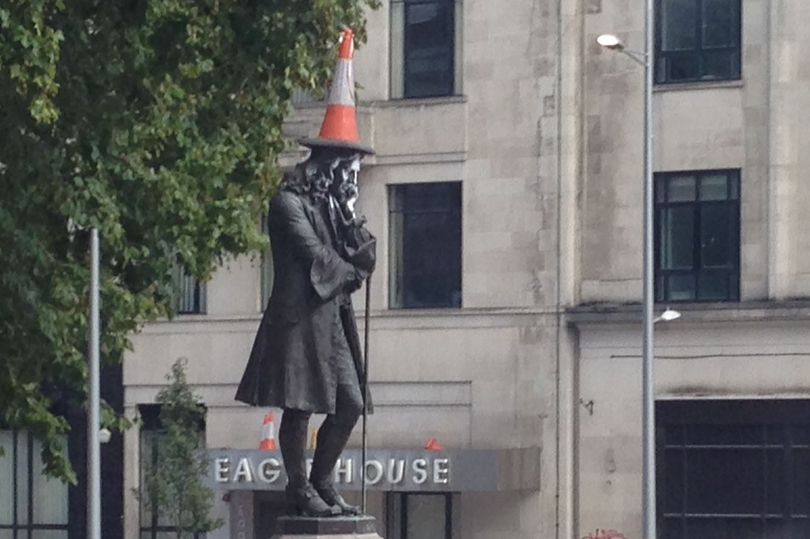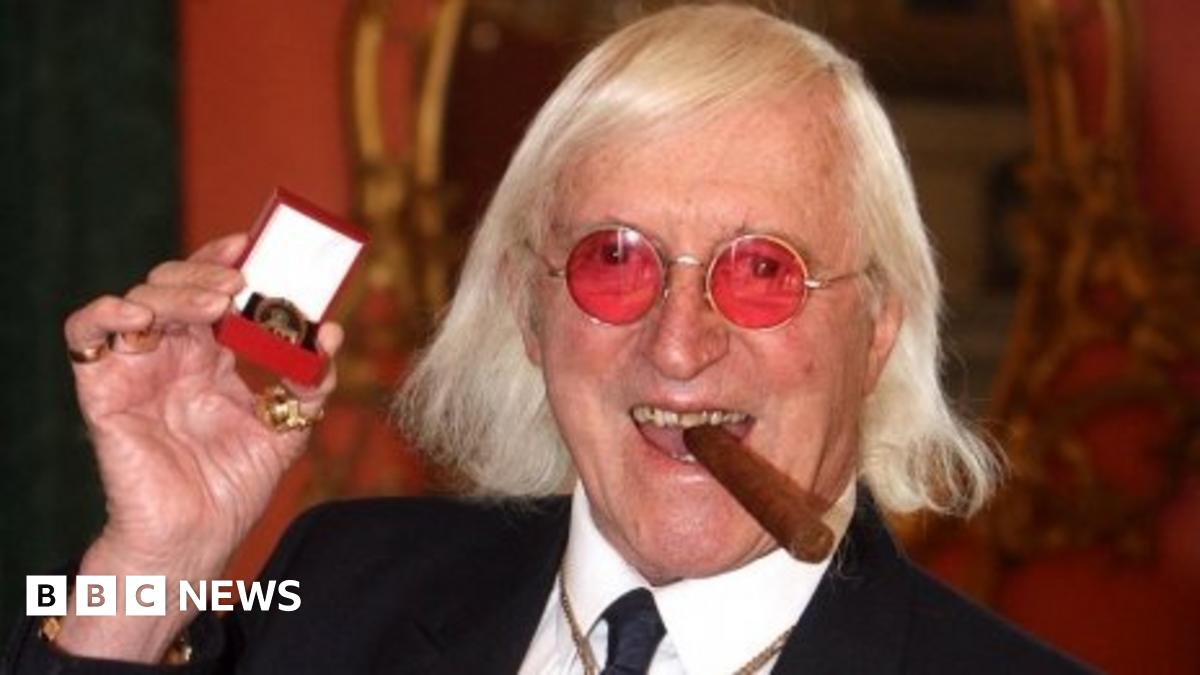Originally posted by teamsaint
View Post
Statues
Collapse
X
-
 Count Boso
Count Boso
There's a pamphlet by Professor Kenneth Morgan, written in 1999 which I downloaded after reading up on this in Wikipedia. He points out that Colston had almost certainly never seen a black person in his life. Ironically he would have been less likely to have come across slavery conditions in this country that we are with present-day gangmasters.Originally posted by vinteuil View Post.
... an excellent, thoughtful article by Matt: Chorley in The Times this morning unpicking the complicated matter of Bristol and its slave-trading past,
I think it was the Wikipedia article that pointed out that, although many slaves died en route for America, a similar number of the crew, sometimes more, also died.* So if there was ill-treatment, it was not confined to the black slaves. (I'm surprised that a professor of history like Olusoga should brand him a 'murderer').
Morgan also says that there is no evidence that Colston's fortune was 'built on the slave trade'. His father was a wealthy trader and he followed his father, trading in commodities from around the world, from wine and oil to textiles and fish. His trading career neither started nor finished nor was exclusively engaged in slaving - a trade which had certainly been going on since the days of Classical Athens - the 'home' of democracy. So Chorley is right. It's an issue that demands more than simplistic gestures.
* "Due to the conditions on many of the vessels, the extended journeys affected the ship's crew mortality rates which were often similar and sometimes greater than the mortality rates amongst the slaves."
Comment
-
Here the argument has been over Civil War Statues, namely Confederate Military figures. Starting a few decades after their defeat the Southern States began to erect massive statues. The biggest, I believe was to Robert E. Lee in Richmond, Virginia, and it survived a frenzy of statue removal that swept here a few years ago, probably because it’s so damn big that removing it would be a financial challenge, but there is renewed interest in the wake of the current unrest. The most galling of these imo was the statue of Nathan Bedford Forrest at the entrance to the Mississippi State Courthouse. Before the War he was a slave trader, during the War he slaughtered thousands of Black Civilians and Soldiers, and after the War he slaughtered thousands more when he led the Ku Klux Klan. For a Black Mississippian to have had to pass a statue of him while hoping for Justice was a bad joke, such as erecting one to Heinrich Himmler at the entrance of a synagogue.
Comment
-
-
....All part of History....the statue will be dredged from the Floating Dock,,,,taken to Museum, hopefully red paint and all, and displayed on its side (laying down)....All part of history and a even more thought provoking than it was, as well as cathartic and a beacon of hope....It has been suitably punished....Hooray...
....I speak as a Bristolian, it is a fabulous city ....bong ching
Comment
-
-
Originally posted by Count Boso View PostThere's a pamphlet by Professor Kenneth Morgan, written in 1999 which I downloaded after reading up on this in Wikipedia. He points out that Colston had almost certainly never seen a black person in his life. Ironically he would have been less likely to have come across slavery conditions in this country that we are with present-day gangmasters.
I think it was the Wikipedia article that pointed out that, although many slaves died en route for America, a similar number of the crew, sometimes more, also died.* So if there was ill-treatment, it was not confined to the black slaves. (I'm surprised that a professor of history like Olusoga should brand him a 'murderer').
Morgan also says that there is no evidence that Colston's fortune was 'built on the slave trade'. His father was a wealthy trader and he followed his father, trading in commodities from around the world, from wine and oil to textiles and fish. His trading career neither started nor finished nor was exclusively engaged in slaving - a trade which had certainly been going on since the days of Classical Athens - the 'home' of democracy. So Chorley is right. It's an issue that demands more than simplistic gestures.
* "Due to the conditions on many of the vessels, the extended journeys affected the ship's crew mortality rates which were often similar and sometimes greater than the mortality rates amongst the slaves."
Comment
-
-
....At this point too in USA, I should think Museum Curators are collecting the banners and placards of the last week for later generations....this combined with photos and videos are important....as memory fades fast....50 years ago Goerge Floyds death would have been just a few column inches in Minnesota papers....and now US police are a heavily weaponised para-military force poised to back the president....one of those occasions where smart phones and social media are put to some good use....bong ching
Comment
-
-
....His fortune inherited and his self made fortune was certainly made from commodities produced by slave labour....this is indiputable....while Colston sat in his offices with his [cough ahem] hands clean and removed....why look at an atrocity....Originally posted by Count Boso View PostThere's a pamphlet by Professor Kenneth Morgan, written in 1999 which I downloaded after reading up on this in Wikipedia. He points out that Colston had almost certainly never seen a black person in his life. Ironically he would have been less likely to have come across slavery conditions in this country that we are with present-day gangmasters.
I think it was the Wikipedia article that pointed out that, although many slaves died en route for America, a similar number of the crew, sometimes more, also died.* So if there was ill-treatment, it was not confined to the black slaves. (I'm surprised that a professor of history like Olusoga should brand him a 'murderer').
Morgan also says that there is no evidence that Colston's fortune was 'built on the slave trade'. His father was a wealthy trader and he followed his father, trading in commodities from around the world, from wine and oil to textiles and fish. His trading career neither started nor finished nor was exclusively engaged in slaving - a trade which had certainly been going on since the days of Classical Athens - the 'home' of democracy. So Chorley is right. It's an issue that demands more than simplistic gestures.
* "Due to the conditions on many of the vessels, the extended journeys affected the ship's crew mortality rates which were often similar and sometimes greater than the mortality rates amongst the slaves."
London Society at the time had very many Black Servants....who were owned and punished if they ran away....bong ching
Comment
-
-
The statue might be recovered from the water, but maybe it'd just be melted down. I think that other things could have been done. A plaque or some other form of description could have kept this in memory, but it's now likely to slip away.Originally posted by DracoM View PostIf there were now placed a real plaque at the statue saying exactly how the Colstons had made their money, it might have become a statue that reminded instead of glorifying.
By making such an event of destroying it, the demonstrators have obliterated that history from daily memory and thus DECREASED the exposure of past wrongs.
Inexplicable.
How many people read works by Jane Austen, and spot that some of the people she writes about got rich because of slavery, the slave trade, and the forced "employment" in plantations which was the source of their wealth?
Comment
-
-
 Count Boso
Count Boso
I'm not sure what your source is that they were derived from slave labour - fish, oil, textiles, wine ……? It just seems to me that this is a diversion from, and not a contribution towards, the ending of racism in our society. Who doesn't want to see that? Why do we waste time disagreeing about something else?Originally posted by eighthobstruction View Post....His fortune inherited and his self made fortune was certainly made from commodities produced by slave labour....this is indiputable....
Comment
-
....I didn' feel I was disagreeing disagreeably....textiles made from Cotton??....wines might also include rum made from Sugar?Originally posted by Count Boso View PostI'm not sure what your source is that they were derived from slave labour - fish, oil, textiles, wine ……? It just seems to me that this is a diversion from, and not a contribution towards, the ending of racism in our society. Who doesn't want to see that? Why do we waste time disagreeing about something else?bong ching
Comment
-
-
 In the light of recent moves to place a ‘corrective’ plaque on the statue of Edward Colston in the centre of Bristol and calls for it to be removed to a museum it seems the time is right to investigate the origins of this monument and the claim emblazoned on it that it was: Erected […]
In the light of recent moves to place a ‘corrective’ plaque on the statue of Edward Colston in the centre of Bristol and calls for it to be removed to a museum it seems the time is right to investigate the origins of this monument and the claim emblazoned on it that it was: Erected […]
Maybe those who are so offended would like to campaign for this to be reinstated as well ?
Comment
-
-
 Count Boso
Count Boso
Yes, but no. not from American plantations! Double bays, perpets and serges (it says here). Right, serge is woollen, perpets is perpetuanas made in England, also woollen. Can't find double bays for the moment (sorry for delay in replying).Originally posted by eighthobstruction View Post....I didn' feel I was disagreeing disagreeably....textiles made from Cotton??
"The manufacture of the TEXTILE, double BAYS, seems to have been introduced by Dutch immigrants in the late sixteenth century. Unlike DOUBLE CAMLET, double bays were not distinguishable in the weave from the single, but they were 'of the highest sorte', and were wider and longer," British History online.
Bays = baize "Bay: baize; originally a fabric of a finer lighter texture than now, the manufacture of which was introduced into England in the 16th cent. by fugitives from France and the Netherlands. Usually in the plural, whence the modern corruption baize n."
Comment
-
 Count Boso
Count Boso
No offence taken Mr O, if that's what you meant. Nor did I take disagreement as disagreeable - it is the very stuff of lively debate.Originally posted by eighthobstruction View Post....Thank you for your research there CB ....I am not myself going to delve much further. I have read enough and as memory serves (being Bristolian) he was linked in many ways to the Slave Trade, and I am happy to think that at this time....no offense is meant....
....I am not myself going to delve much further. I have read enough and as memory serves (being Bristolian) he was linked in many ways to the Slave Trade, and I am happy to think that at this time....no offense is meant....
Also wine and sherry. And he was involved with the Royal African Company from 1680-1692. So for 63 years of his life his interests lay elsewhere and when urged to marry he replied: "Every helpless widow is my wife and her distressed orphans my children." However, as the Bard said, The evil that men do lives after them, The good is oft chucked in the river to rot. So let it be with Colston."
Comment


Comment